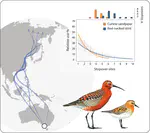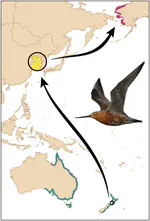My research is driven by my interest in the ecology of animal migrations, how they influence ecological processes and thereby ecosystems, and how global changes threaten migratory populations and their function. Current projects aim to provide fundamental understanding of migratory routes and schedules, identify drivers and determinants of migration strategies, the individual decisions that organism make before and during migration, and the effects of changing environments. I conduct work on the intersection between wildlife infectious disease dynamics in waterfowl and movements of birds. I frequently use remote sensing datasets to better understand and characterize the underlying environment and changes therein. Finally, I developed and published tools to analyze animal tracking data and remotely sensed time series.
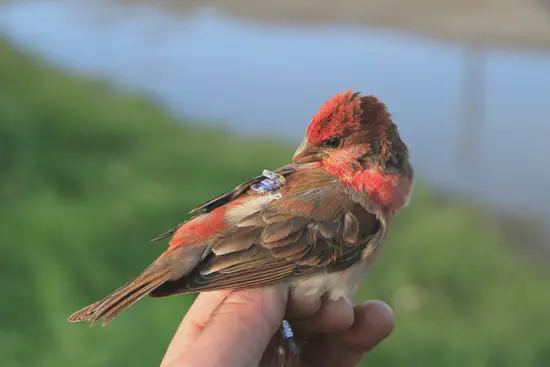
From Europe to India – A little investigated route of migratory birds
Editors’ Choice article: Lisovski, S., Neumann, R., Albrecht, T., Munclinger, P., Ahola, M.P., Bauer, S., Cepak, J., Fransson, T., Jakobsson, S., Jaakkonen, T., Klvana, P., Kullberg, C., Laaksonen, T., Metzger, B.
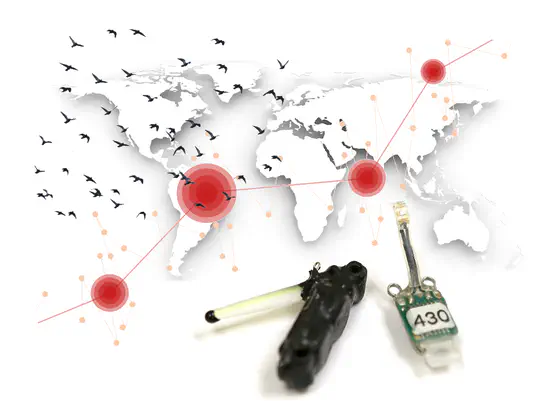
Light‐Level Geolocator Analyses: A user’s guide
Established in 1987, the ARGOS system allowed the world-wide tracking of animals equipped with satellite transmitters. This new technology provided unprecedented insights into the movements of animals. But the devices were bulky as well as heavy and not yet ready to track the majority of smaller species like birds.
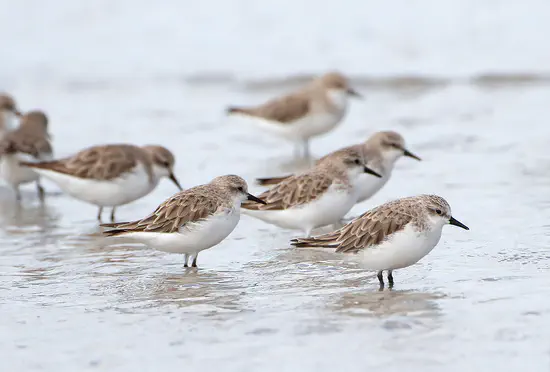
How our ‘Avian Athlets’ could spread influenza
The migration of these small birds is fraught with difficulties, and most species will stop along the way to refuel. Some of the most common stop-over sites are in South-east Asia and along the Yellow Sea, areas where highly pathogenic avian influenza is now endemic.
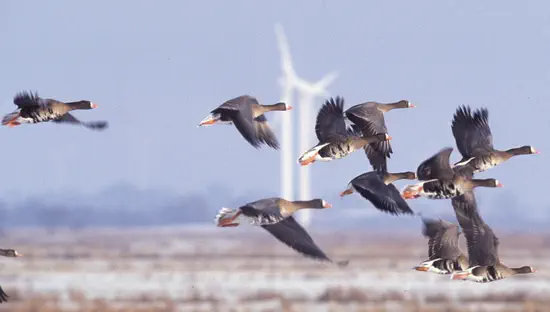
Mitigating conflicts between agriculture and migratory geese: is shooting a viable option or just passing on the problem?
Following the recent article, Shooting may aggravate rather than alleviate conflicts between migratory geese and agriculture, Silke Bauer explains why management plans for migratory goose populations need to be considered across a broader scale.
Publication highlights
See all publications at GoogleScholar and ORCID.

